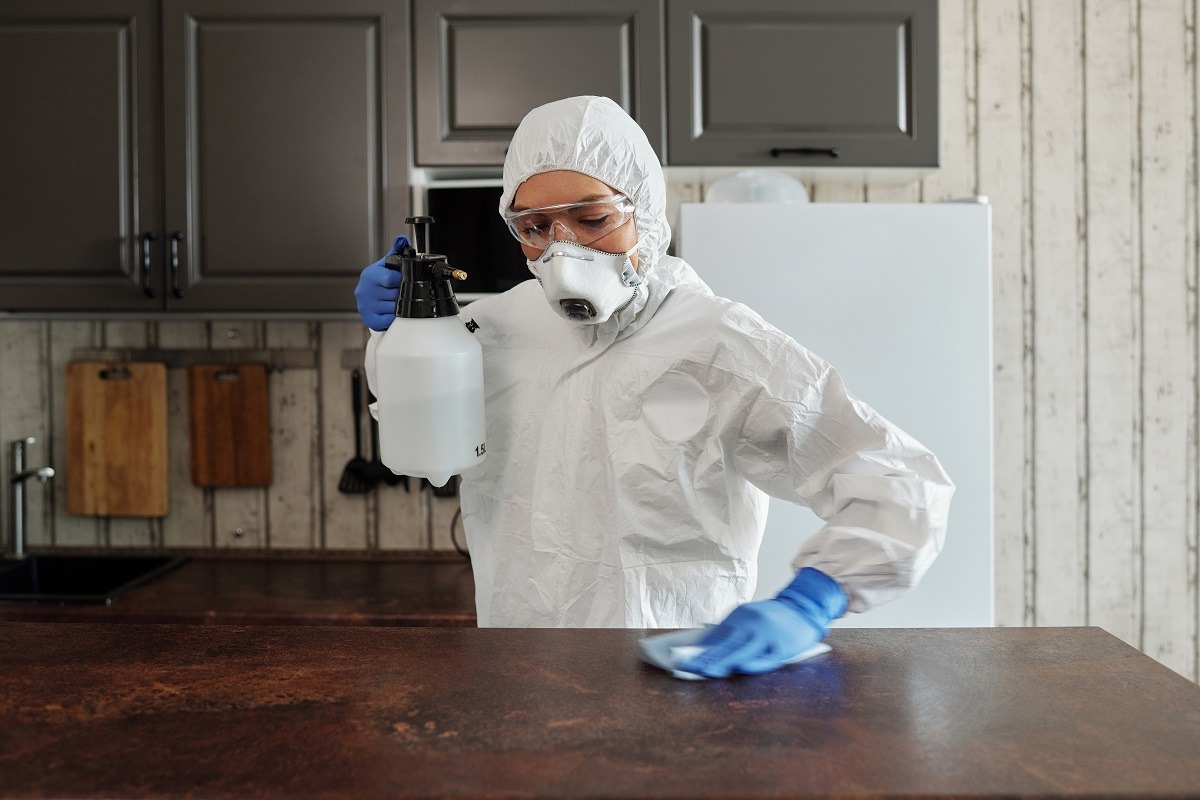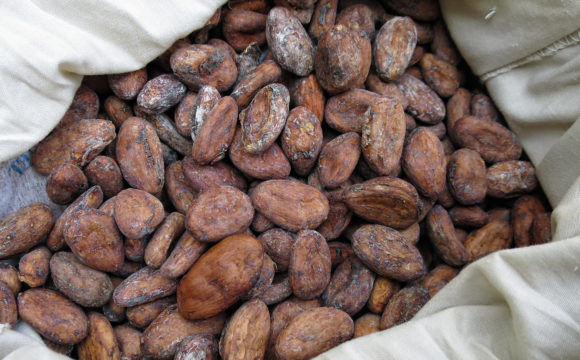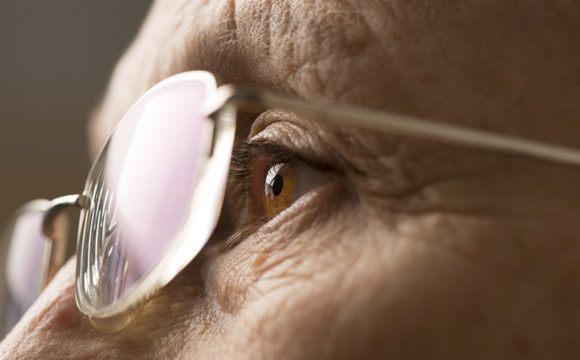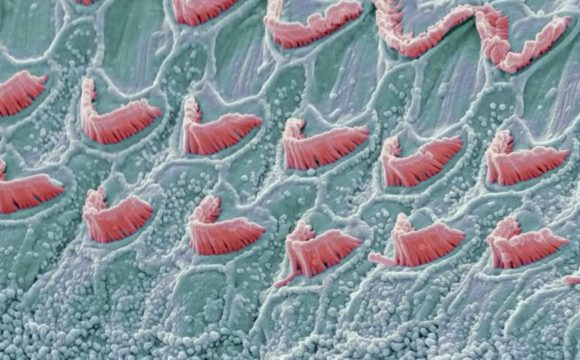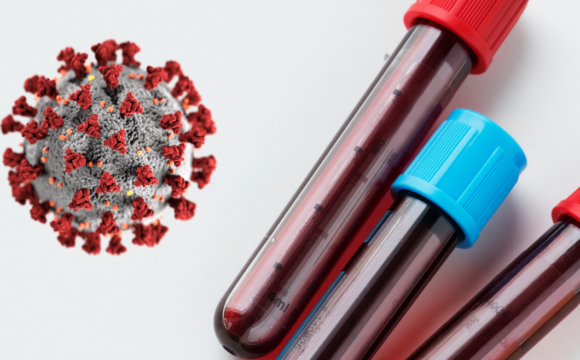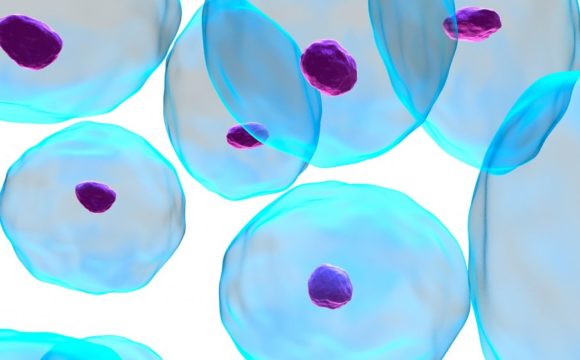The Novel Corona Virus Disease (COVID-19), caused by the novel SARS-CoV-2, is a disease transmitted by respiratory droplets. The global transmission of the virus has led to the deaths of countless people and infection of even more. To curb the transmission of the virus, government bodies across the world have imposed nation-wide lockdowns and suspension of most daily activities. This bold move has slowed down the transmission of the virus, but the fact remains that we have neither a vaccine nor a cure for the disease. This raises the question – “For how much longer can countries be tied under lockdown? What happens after that?” Once nationwide lockdowns are released, there exists an extremely high chance for an increased spread of the disease. Given this scenario, it has become essential that we understand how to clean and disinfect commonly used items and surfaces. This article discusses important details about disinfection – what it is, why it must be done and how can it be done.
What is disinfection?
Disinfection is a procedure that is used to eliminate microorganisms from a surface. While disinfection is very effective against all actively growing microorganisms, it is ineffective against dormant microbial forms like spores. Disinfection is often confused with sterilization and cleaning. These three terms can be visualized as a triangle.

One would ask, if by sterilization you could get rid of all microorganisms, including spores, why not do that? Yes, in an ideal scenario, we would sterilize all surfaces. But unfortunately, sterilization is a rather cumbersome process and may not be feasible always. Hence, we use disinfection to minimalize the risk of transmission of pathogens.
Disinfectants are chemical agents that can be divided into different classes based on their chemical properties. Each of these disinfectants has different properties to suit a wide range of requirements of disinfection.
| Category | Properties and Use | Example |
| Air disinfectants | They are sprayed in the air to prevent airborne transmission of microorganisms. | Glycols |
| Alcohols | Mostly, used on living tissue, alcohol may be combined with water in a 70:30 ratio to be used as both a disinfectant and an antiseptic. | Isopropanol |
| Aldehydes | They have antimicrobial activity. | Formaldehyde |
| Oxidizing agents | They oxidize and destroy the microbial cell membranes. | Household disinfectants, oxygen, chlorine |
Different types of disinfectants and their properties
Why should we disinfect?
In light of recent events, disinfection has now become more than just a medical and laboratory practice. It is starting to become a household practice. It is widely known that the novel Sars-Cov-2 spreads through respiratory droplets and hence, we are advised to wear masks and wash our hands frequently. While this does hamper viral transmission to a large extent, we must consider the danger posed by contaminated surfaces.
Routes of transmission of the novel SARS-CoV-2 (PC: https//www.journalofhospitalinfection.com/)
Look at the image above. The virus could also spread through contaminated surfaces like clothes, hospital beds, toilets, workbenches, plates, spoons, etc. While it is unclear how long the virus can survive on these surfaces, regular disinfection of commonly-used surfaces can go a long way in preventing viral transmission.
Disinfection of surfaces that have come in contact with an infected person is crucial. This includes clothes worn by the patients, the bed, table, chair, toilets, or any other items that may have come in contact with the patient. But this does not reduce the importance of disinfecting surfaces in our homes regularly, irrespective of whether or not we have been in contact with an infected person.
How to disinfect?
It is important to understand that disinfection techniques are specific to each surface and space. Also, it is essential to first clean a surface before the application of a disinfectant. Let’s try and understand what steps can be taken to disinfect regularly used surfaces.
Disinfection of high-contact surfaces
Though the below figure is not exhaustive, it gives an idea of what kind of surfaces can be termed as “high-contact surfaces” in home and office spaces.

Disinfecting these surfaces is essential because it is used by multiple people and hence, can be a point of viral transmission. A cloth soaked in 1% sodium hypochlorite can be used to regularly wipe most surfaces, however since its a bleach solution, it should not be used on metallic surfaces.
Disinfection of floors
In the home and office sphere, the disinfection of floors is also important. In the case of homes, one must ensure to keep all footwear outside the house. Mopping floors regularly with a solution of 1% sodium hypochlorite is highly recommended.
Disinfection of toilets
Toilets are hotbeds for the transmission of viruses. Special care must be taken to regularly disinfect toilet pots, sinks, floors, and taps and other fittings of public toilets. Here too, 1% sodium hypochlorite can be used as a disinfectant. One may even use 70% ethanol to clean bathroom fittings like showerheads, taps, etc. Soap dispensers must also be regularly cleaned with detergent and water.
Clothes
Clothes that have been worn outside the house must be washed thoroughly. The clothes may be washed in a detergent solution. Segregation of used and unused clothes also must be done meticulously.
The novel SARS-Cov-2 pandemic has engulfed the world in a state of panic. The current scenario may seem overwhelming but it is important to stay calm and take the necessary steps to prevent further viral transmission. While the responsibility of disinfecting public places lies in the hands of the government, following simple protocols to disinfect our home and workspaces can prove to be very effective in preventing the spread of infection.
References:
- https://www.sciencedirect.com/topics/agricultural-and-biological-sciences/disinfection
- https://bio.libretexts.org/Bookshelves/Microbiology/Book%3A_Microbiology_(Boundless)/6%3A_Culturing_Microorganisms/6._15%3A_Chemical_Antimicrobial_Control/6.15C%3A_Types_of_Disinfectants
- https://www.who.int/news-room/commentaries/detail/modes-of-transmission-of-virus-causing-covid-19-implications-for-ipc-precaution-recommendations
- https://www.mohfw.gov.in/pdf/Guidelinesondisinfectionofcommonpublicplacesincludingoffices.pdf
- https://www.uchealth.org/today/ins-and-outs-of-disinfecting-coronavirus/
- https://www.ndtv.com/health/coronavirus-should-you-disinfect-your-house-too-here-are-the-steps-you-should-follow-2200462



